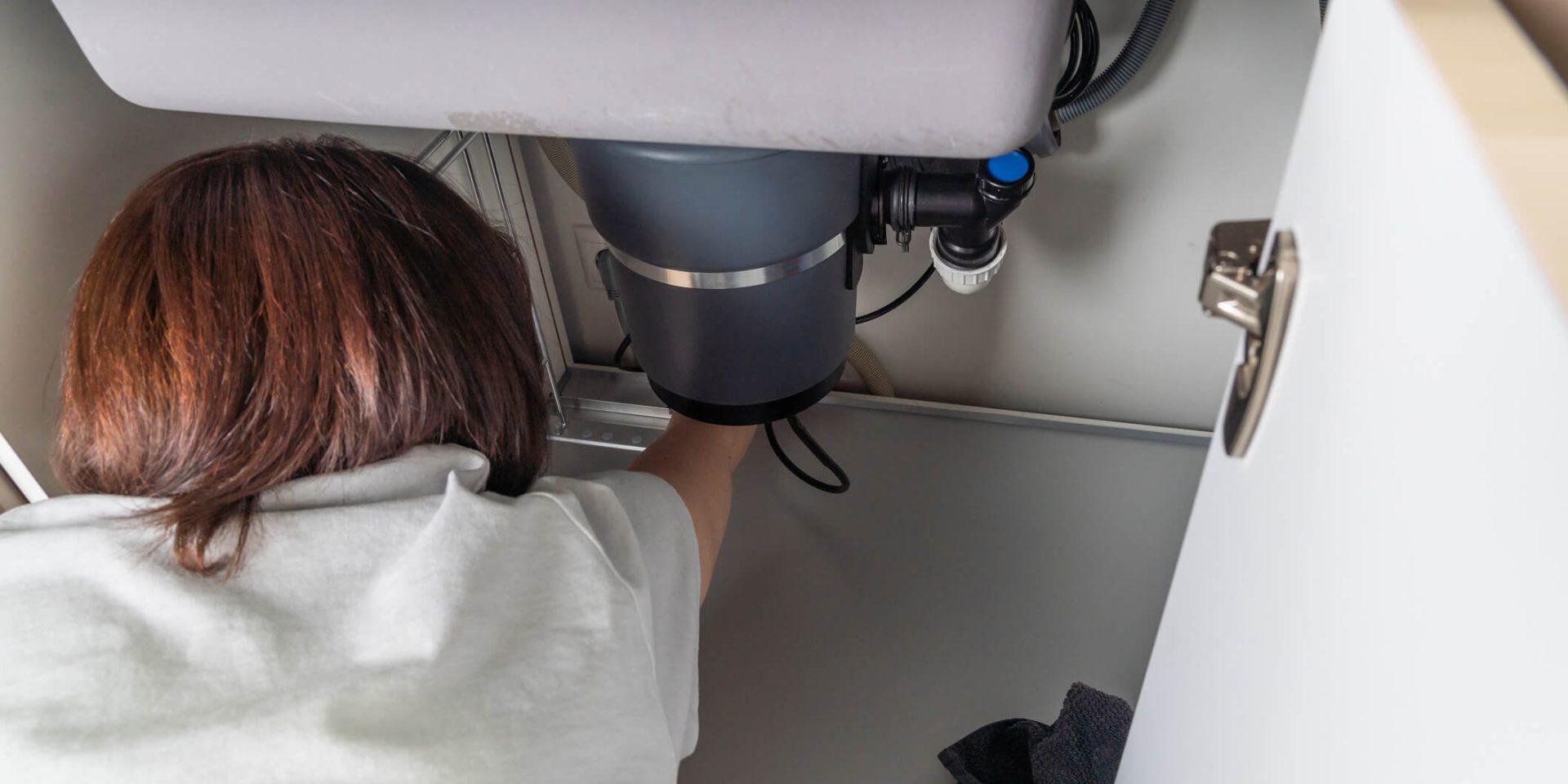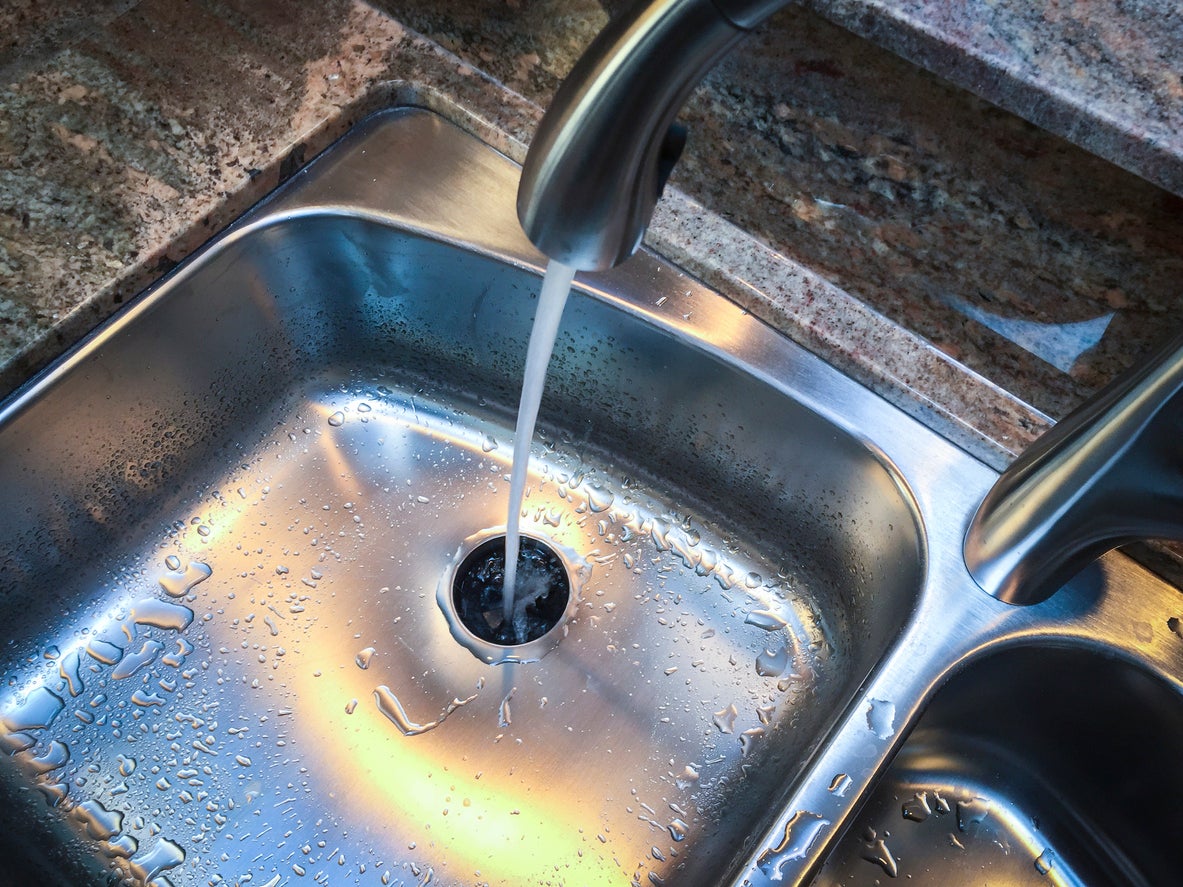Highly-Rated Methods for Resolving a Leak in Your Garbage Disposal
Highly-Rated Methods for Resolving a Leak in Your Garbage Disposal
Blog Article
This article below in relation to Tips on Fixing a Leaking Garbage Disposal is indeed motivating. Read it for yourself and decide what you think of it.

Waste disposal unit are necessary kitchen area devices that assist in dealing with food waste successfully. However, a leaking waste disposal unit can be an irritating and messy issue to manage. Thankfully, many leakages can be fixed conveniently with a couple of simple steps. In this post, we will go over just how to take care of a dripping waste disposal unit successfully.
Intro
Waste disposal unit are mounted under kitchen area sinks and are created to shred food waste right into smaller sized items, allowing it to go through the plumbing system easily. While these devices are generally trustworthy, leakages can happen gradually because of deterioration, loosened connections, or damage to the unit.
Usual Root Causes Of Leakages in Garbage Disposals
Worn Seals and Gaskets
Seals and gaskets play a vital function in protecting against water from leaking out of the waste disposal unit. Over time, these elements can weaken, bring about leaks around the disposal device.
Loose Links
The connections between the garbage disposal and the pipes system can come to be loosened gradually, creating water to leakage out throughout procedure.
Cracks or Openings in the Disposal Unit
Physical damage to the garbage disposal, such as splits or openings in the housing, can additionally result in leaks.
Recognizing the Source of the Leak
Prior to trying to fix a leaking waste disposal unit, it is vital to recognize the resource of the leakage. This can commonly be done through aesthetic assessment or by performing simple examinations.
Visual Assessment
Evaluate the garbage disposal system meticulously for any type of signs of water leakage. Pay very close attention to areas around seals, gaskets, and connection points.
Testing for Leakages
One way to test for leakages is by running water with the disposal device and checking for any kind of visible indications of leakage.
Tools and Materials Needed for Repairing a Dripping Waste Disposal Unit
Before starting the fixing procedure, collect the essential tools and products, consisting of a screwdriver, adjustable wrench, plumbing's putty, replacement seals or gaskets, and epoxy or patching material for fixing splits or holes.
Step-by-Step Overview to Fixing a Leaking Waste Disposal Unit
Switch off the Power
Prior to trying any kind of fixings, make certain that the power to the waste disposal unit device is switched off to stop the danger of electric shock.
Locate the Leakage
Identify the precise location of the leak and figure out the cause.
Tighten up Connections
Utilize a wrench to tighten any kind of loosened connections between the disposal system and the pipes system.
Change Seals or Gaskets
If the leakage results from worn seals or gaskets, remove the old elements and replace them with new ones.
Patching Fractures or Openings
For splits or openings in the disposal unit, use epoxy or an appropriate patching product to secure the broken location.
Testing the Garbage Disposal After Repair
Once the repair is total, evaluate the waste disposal unit by running water through it to ensure that the leakage has actually been settled.
Preventive Upkeep Tips to Prevent Future Leakages
To avoid future leakages, it is vital to carry out normal upkeep on your waste disposal unit. This consists of maintaining it clean, staying clear of putting non-food things or tough items down the disposal, and periodically checking for leaks or various other issues.
Final thought
To conclude, dealing with a dripping waste disposal unit is a reasonably uncomplicated procedure that can be completed with standard devices and materials. By complying with the actions described in this article and exercising preventative maintenance, you can maintain your waste disposal unit in good working condition and prevent pricey fixings in the future.
HERE’S HOW TO FIX YOUR GARBAGE DISPOSAL
WHAT TO DO IF SOMETHING IS STUCK IN YOUR GARBAGE DISPOSAL
If the impeller won’t turn, there’s probably something stuck in the disposal. It could be a steak bone or peach pit, although plumbers report pulling all sorts of inappropriate objects out of disposals, such as bottle caps or aluminum foil. Make sure power to the disposal is off, and look inside to see if you can see the source of the jam.
Never stick your fingers in a disposal. Pull out anything you see with tongs or pliers.
If the disposal still won’t work, it may be time to call a plumber or consider buying a new disposal. GEM Plumbing & Heating is here for all of your garbage disposal needs.
WHAT TO DO IF YOUR GARBAGE DISPOSAL DRAIN IS CLOGGED
Take everything out from underneath your sink and put a bucket or other container under your disposal to catch any water that drains out. Disconnect your disposal from the power supply. If it’s plugged into a wall outlet, unplug it. If it’s hardwired into an electrical box, go to the electrical panel and turn off the breaker for the disposal. Pour ¼ cup of baking soda into the drain, followed by ½ cup of white vinegar. Give the solution a few minutes to fizz and do its work. Look into the disposal with a flashlight to see if you can see an object that might be causing the clog. If you see it, remove it using tongs or pliers. MORE TIPS ON DEALING WITH A CLOGGED GARBAGE DISPOSAL
Never use drain cleaner in a garbage disposal. It can damage the plastic parts inside the disposal. You can also be splashed with the caustic liquid while working to clear the clog. Beware! Never stick your fingers into a garbage disposal. Trust us — not a good idea. In many instances, your dishwasher drains through your garbage disposal. This allows the disposal to grind any large food particles that may be drained out of your dishwasher. There are some jurisdictions, however, where the plumbing code prohibits such a connection. WHAT TO DO WHEN YOUR DISHWASHER DRAINS THROUGH THE DISPOSAL
Run some water in the sink so your plunger has at least a ½-inch of water to create a seal and plunge vigorously up and down several times. You may need to repeat this several times. Run hot water down the drain to clear any residue that remains.

We had been shown that write-up about Why Is My Garbage Disposal Leaking From the Bottom? through someone on our other web page. I beg you take the time to share this article if you enjoyed reading it. Thanks a bunch for your time. Don't hesitate to come visit our blog back soon.
Click Here Report this page